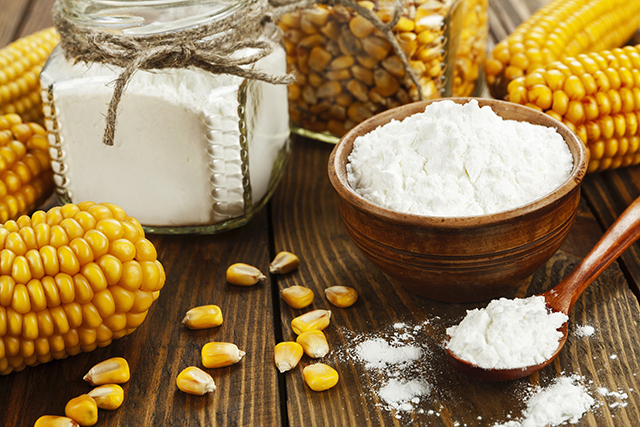10 veggies you can grow from scraps
03/21/2016 / By usafeaturesmedia

(Homesteading.news) Basic foods like vegetables and general grocery have become quite expensive. Most people spend a lot of cash on grocery shopping which happens to be one of the highest costs related to almost every family.
However, you can now eliminate your family’s grocery bills by growing some of these groceries on your own. The good news is that you can even grow them using scraps which otherwise you would have thrown away. By doing this, your family will be guaranteed of a steady supply of vegetables and grocery at zero cost.
There are a number of fruits and vegetables you can replant and grow in your vegetable garden. This will ensure that you have a variety of vegetables and fruits on hand when you need them and help you cut on grocery costs at the same time. If saving some coins on your grocery bills sounds like a deal, read on and discover 10 vegetables you can grow in your vegetable garden using your veggie scraps.
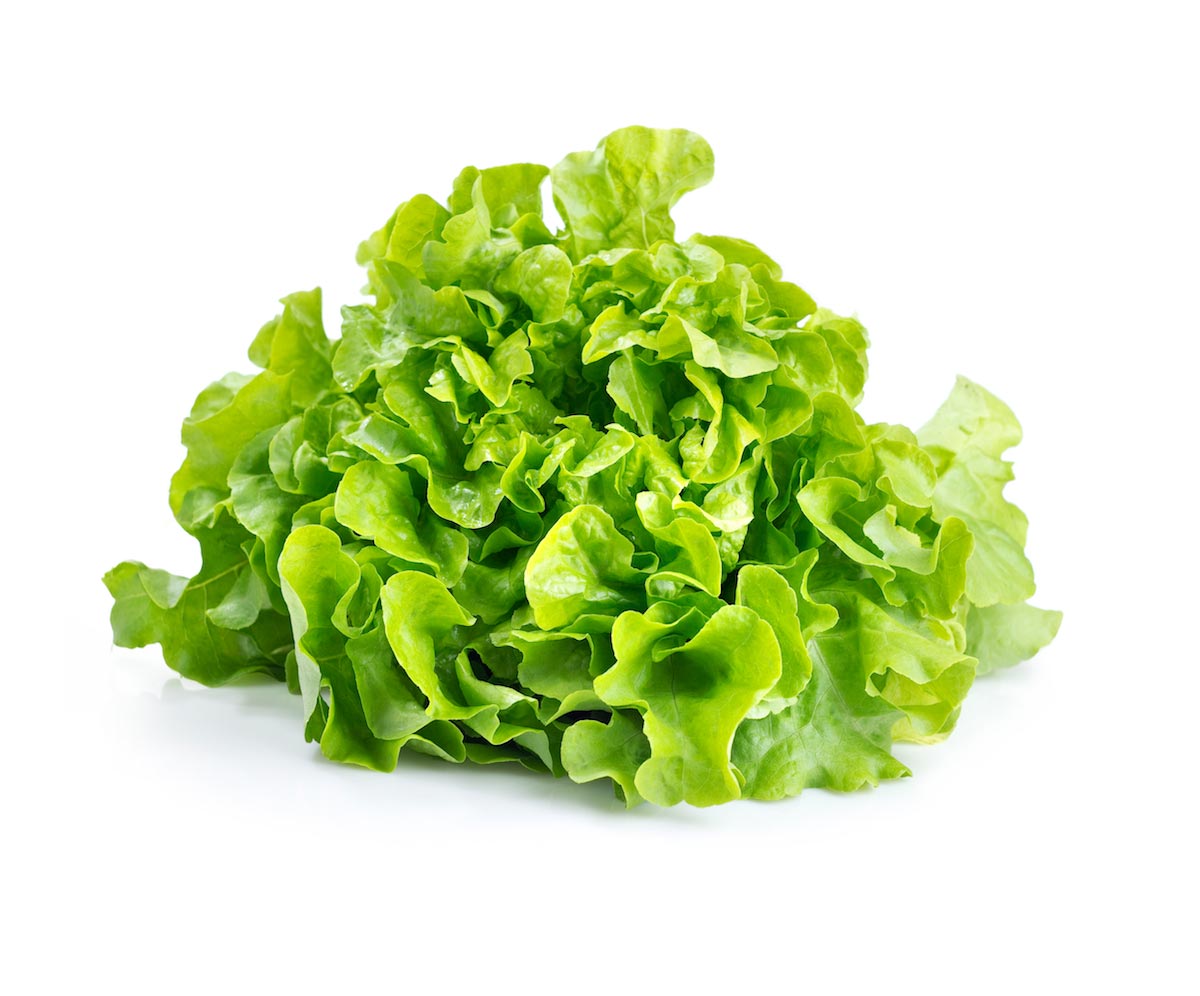
1. Lettuce
Some very nice lettuce salads go well with either your dinner or lunch and you can actually grow fresh lettuce from those leaves you would normally discard. To have an abundant supply of fresh lettuce from your vegetable garden at home, take the lettuce leftover leaves and put them in a bowl with just a bit of water, then set it somewhere you get good sunlight. Leave the lettuce leaves in the bowl for about four days; once the roots start to grow, take them and replant in soil.
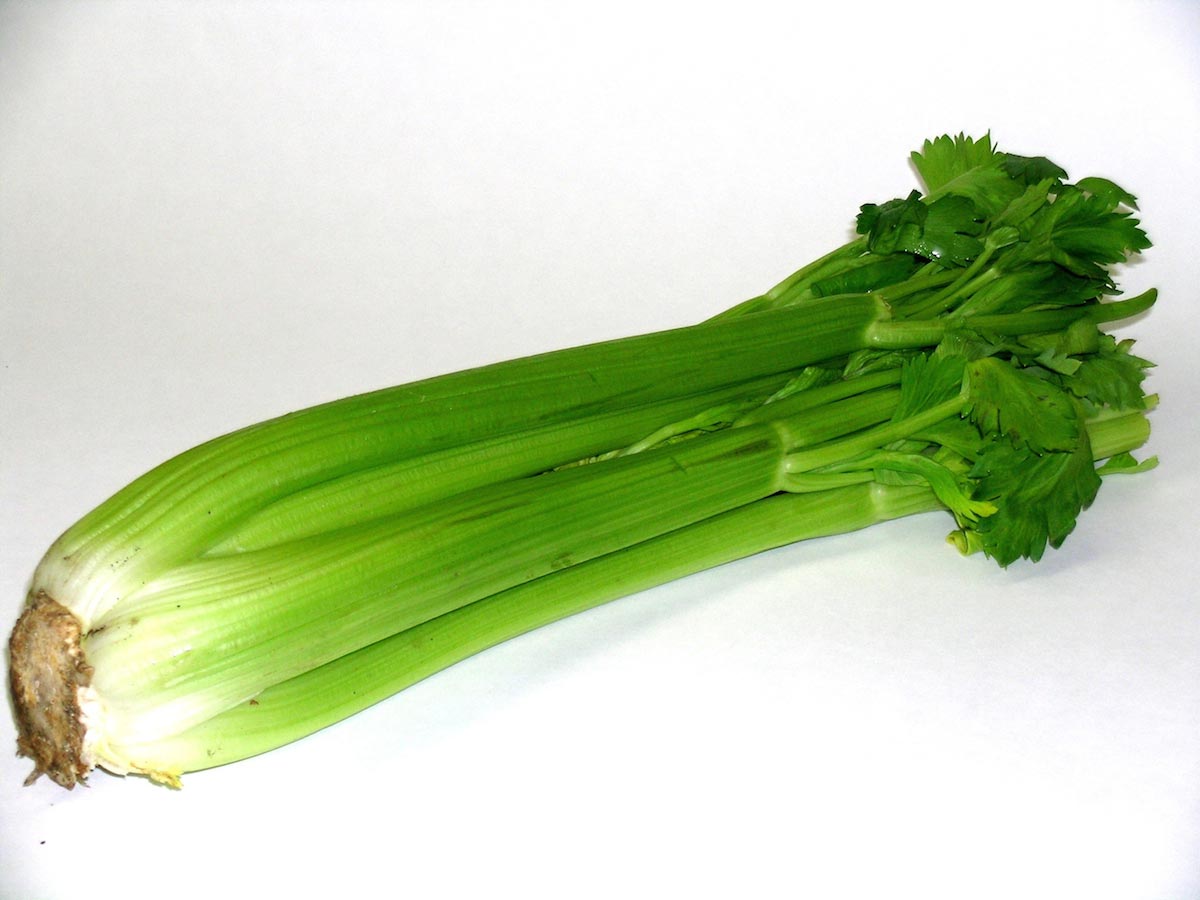
2. Celery
One of the easiest vegetables to grow from kitchen scraps is celery. All you need is the base of a celery plant. Take a bowl and put some warm water in it, then place the base in it. Ensure your bowl is put in a place where it gets direct sunlight. It will only take about a week for leaves to start at the base and these are what you will replant in your vegetable garden and wait for them to grow.
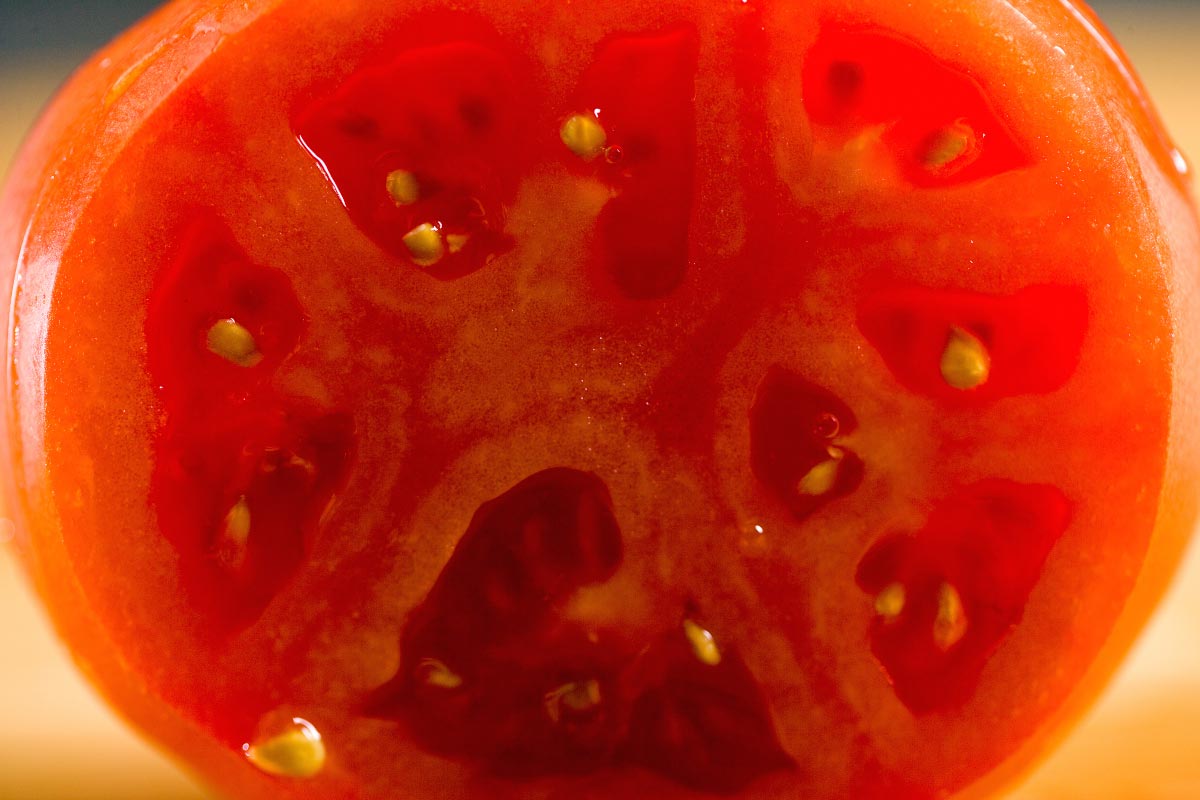
3. Tomatoes
Like peppers, all you need to grow tomatoes in your vegetable garden are the seeds. Pull some of the tomato seeds out and place them on a paper towel and let them dry. You can then put the seeds in potting soil and let them grow indoors until they have grown a few inches long. Transplant them to soil.
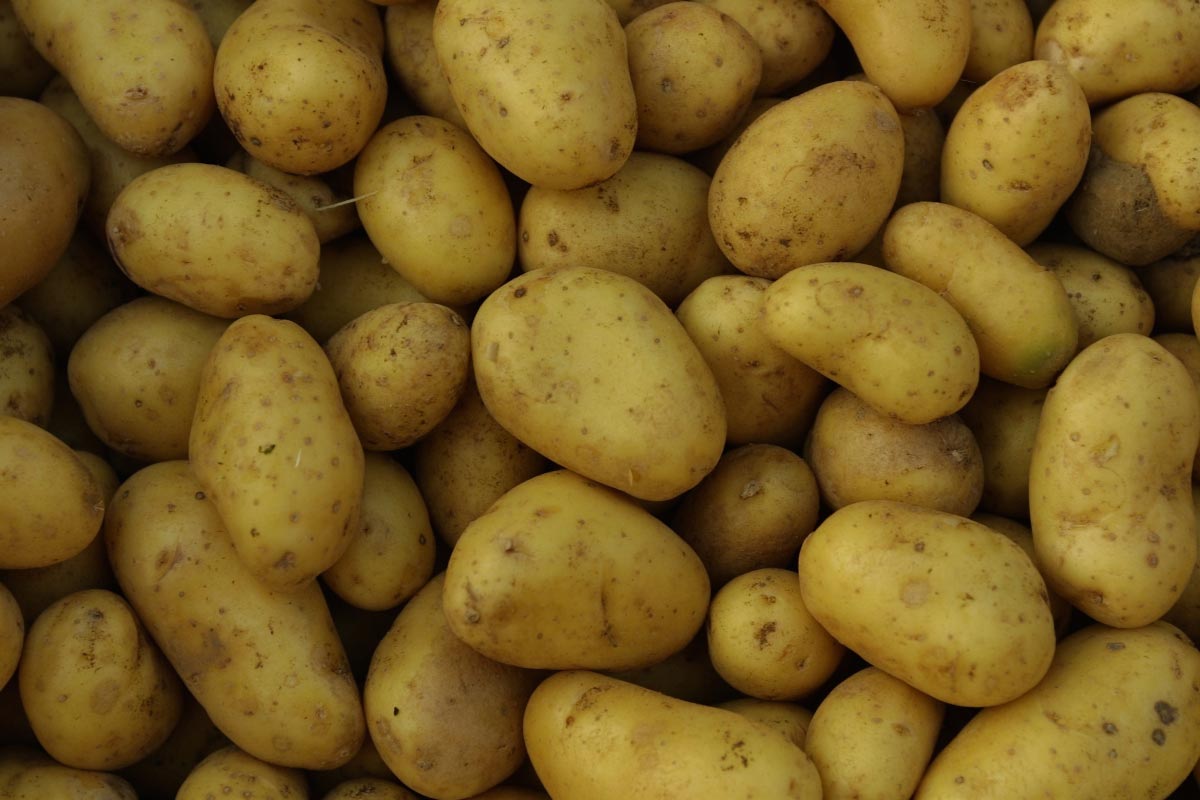
4. Potatoes
Did you know new potatoes can be regrown using peelings from other potatoes? It’s true, but you will need peelings with eyes on them. Cut into two-inch pieces ensuring there are 2-3 eyes on each piece; let them dry overnight, then simply replant them in soil, about four inches deep, making sure the eyes are facing upward. It will take 2-3 weeks before you’ll begin to see new plants.

5. Sweet Potatoes
Sweet potatoes grow much the same as regular potatoes. Take a half of a sweet potato and suspend it with toothpicks above a container of shallow water. In a matter of days, you will notice roots beginning to grow, along with sprouts from the top of the sweet potato; once they get to about 4 inches, break them off and submerge them some water. When the roots reach about 1 inch in length, transplant them to soil.

6. Ginger
Ginger root is also very easy to grow; once you get it going, you’ll have an endless supply. Plant a spare piece in potting soil, taking care to make sure that the buds are facing up.You will notice new shoots and new roots in about a week or so and once this happens you can pull it up and use it again. Save a piece of the rhizome for replanting.

Image: Wikipedia
7. Turnips
Turnips are known to grow well from left over scraps and clippings. All you need to do to is just save the turnip tops and place them in a jar of water. In a few days, new green tops will start to grow. Allow the roots to grow until it’s ready for replanting; let the roots grow at least an inch.
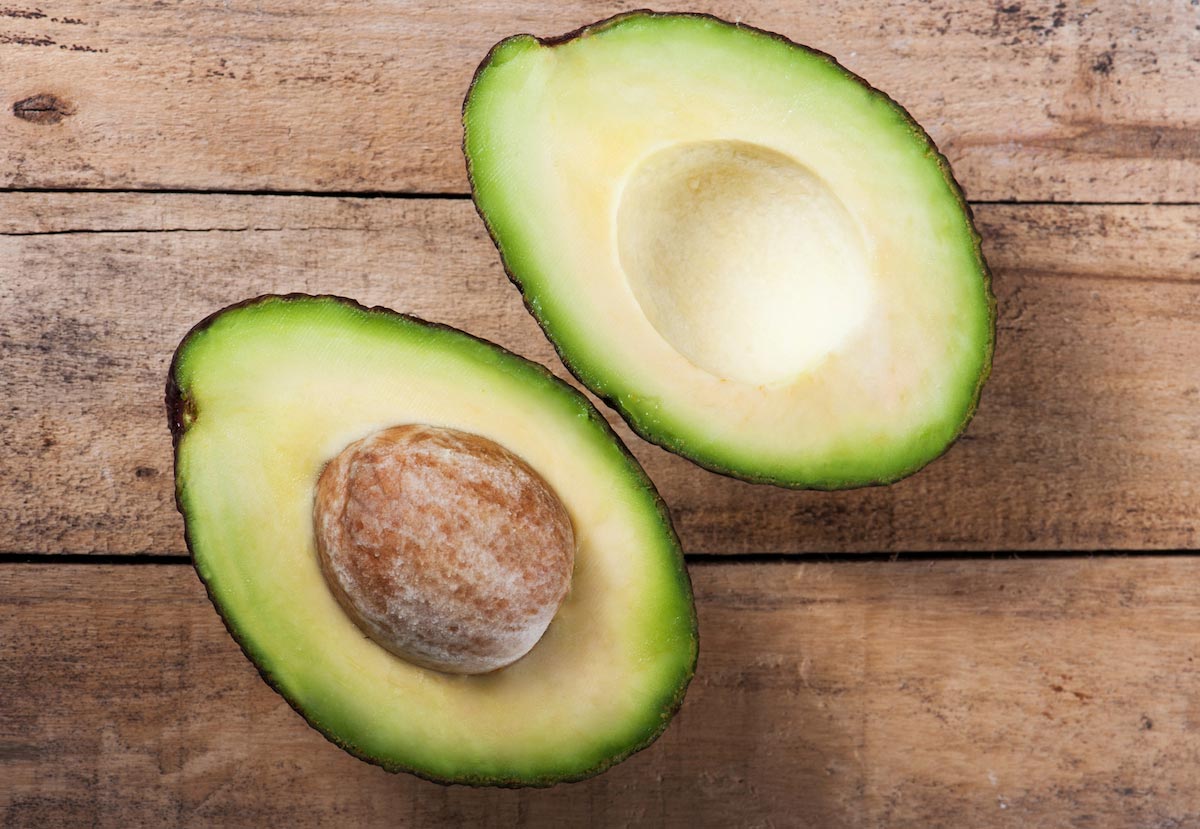
8. Avocado
Wash the pit of this superfood and then pierce it with toothpicks for suspension over a small bowl or jar. Fill the water so it covers the bottom inch of the pit/seed. Keep the seed in a warm place but not in direct sunlight, and take care to check the water level daily, adding more as needed. It may take as long as six weeks for the stem and roots to appear; once the stem reaches about six inches, cut it back to three. When leaves begin to appear, transplant to soil, leaving about half of it above ground.
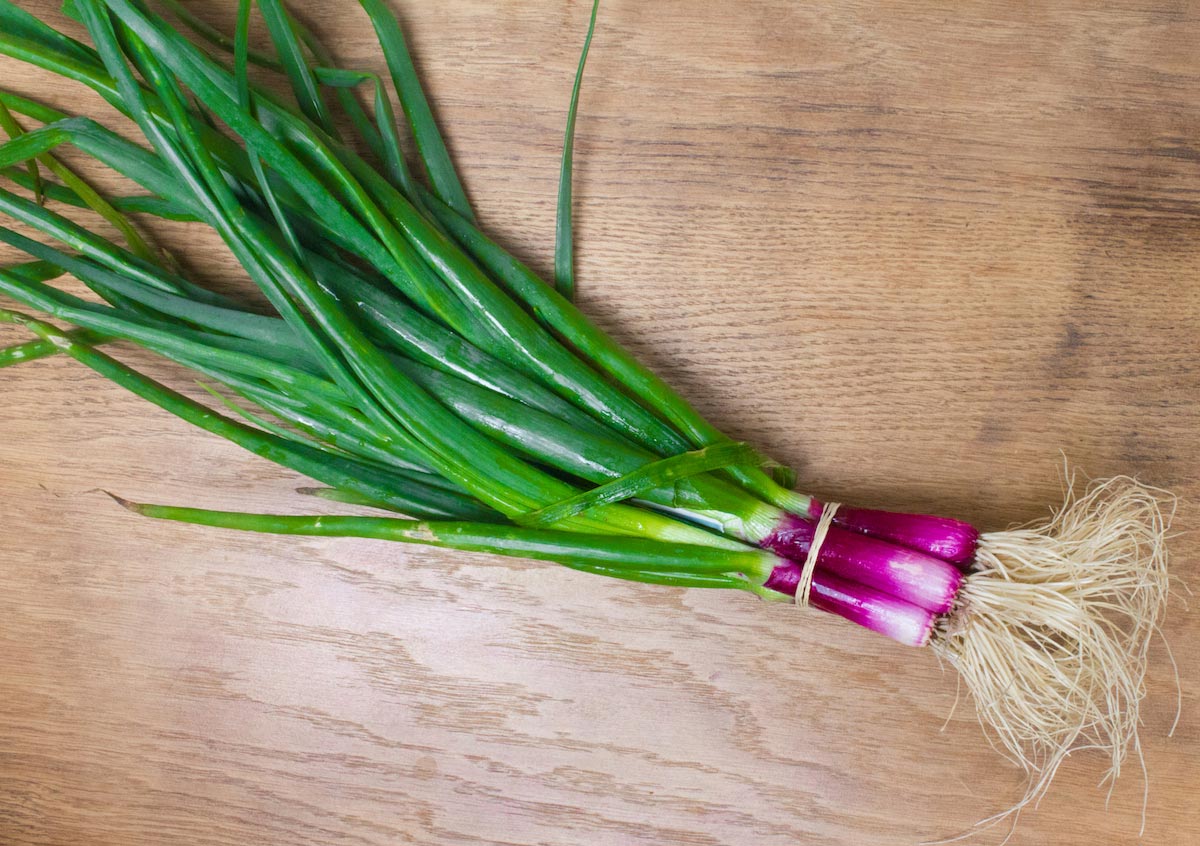
9. Onions
These do well inside or outside. Cut off the root of the onion but ensure you leave about a half-inch of onion when you do. Cover lightly with potting soil and set it in direct sunlight. For green onions you put the white base of the onion with roots attached in a container of water and put in sunlight. Change the water every couple of days and the green will continue to grow. Snip off what you need and it will grow as long as you want.

10. Red Peppers
Red peppers are not hard to plant and do not entail a lot because all you need to do is take the seeds and put them in potting soil. Put it in a place where it can get plenty of sunlight. They do not require much care and take little time to grow; if it’s warm outside, just plant the seeds in the ground.
Growing these vegetables easily from scraps is one of the surest ways of getting more from your vegetable garden. However, it should be noted that, the quality of the parent vegetable scrap helps a lot to determine the quality of the re-growth.
Homesteading.news is part of the USA Features Media network.








